Lab and center directors
Our lab and center directors are central to the work we do at SRI, creating with their teams cutting-edge solutions for our customers and clients across multiple scientific and technical disciplines.
-

Julie Bert
Director, Hardware Research and Technology Lab, Future Concepts Division
-

Eric Braddom
Product Line Director, Dominite, Integrated Systems and Solutions Division
-
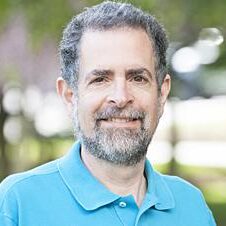
Jeffrey Casper
Program Director, Instrumentation and Simulation Program, Advanced Technology and Systems Division
-
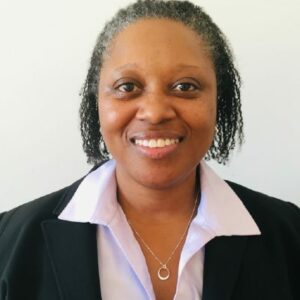
Vanessa Coleman
Director, Center for Education Research & Innovation, SRI Education
-

Chris Cowart
Managing Director, Nomura-SRI Innovation Center
-

Kurt Dustin
Senior Director, Intelligence Systems Laboratory, Integrated Systems and Solutions Division
-

Kai Goebel
Director, Intelligent Systems Lab
-
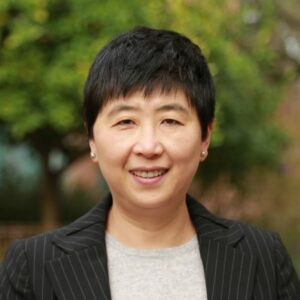
Leyi Gong
Program Director, Medicinal Chemistry, Medicinal and Synthetic Chemistry
-

Carol Green
Senior Director, Preclinical Development, SRI Biosciences
-

Todd A. Grindal
Co-Director, Center For Learning & Development, SRI Education
-
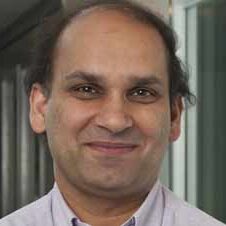
Sajid Ishaq
Vice President, Microcircuit Emulation Center, Integrated Systems and Solutions Division
-
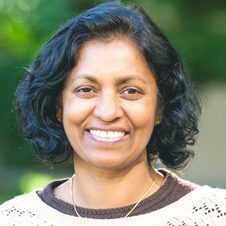
Indira Jayaweera
Director, Carbon Capture systems, Integrated Systems and Solutions Division
-

Thomas Kilduff
Center Director, Center for Neuroscience
-
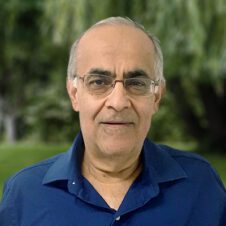
Rakesh “Teddy” Kumar
Vice President, Information and Computing Sciences and Director, Center for Vision Technologies
-

Patrick Lincoln
President, Information and Computing Sciences
-

Laura Atleski (Magda)
Director, Clinical Trials Unit, SRI Biosciences
-

Michael McGuire
Director of Macromolecular Sciences, Biosciences
-
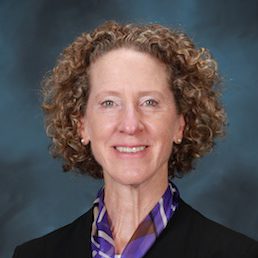
Celia Merzbacher
Executive Director, Quantum Economic Development Consortium
-

Karen Myers
Vice President, Information and Computing Sciences and Lab Director, Artificial Intelligence Center
-

Namwoong Paik
Senior Director, Center for Advanced Imaging, Integrated Systems and Solutions
-

Adolf Pfefferbaum
Senior Director Basic Sciences and Distinguished Scientist
-
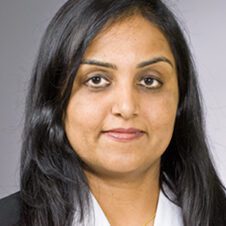
Gita Shankar
Director, Formulations R&D, Pharmaceutical Sciences, Biosciences Division
-

Brian Slovick
Lab director, Advanced Technology and Systems Division
-

Roland Stephen
Executive Director, Center for Innovation Strategy and Policy
-
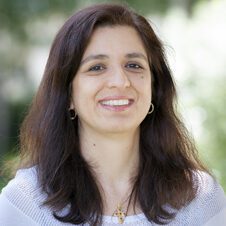
Dimitra Vergyri
Director, Speech Technology and Research Laboratory (STAR)
-

David Walker
Director, Ocean Modeling, Advanced Technology and Systems Division
-

Ken Wingerden
Director, Center for Software Engineering, Integrated Systems and Solutions
-

Jesse Wodin
Laboratory Director, Applied Physics Laboratory, Advanced Technology and Systems Division
-

Michelle W. Woodbridge
Exec. Director & Sr. Principal Researcher, Center for Learning & Development, SRI Education
-
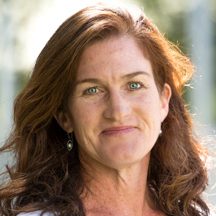
Katrina Woodworth
Senior Principal Researcher, SRI Education